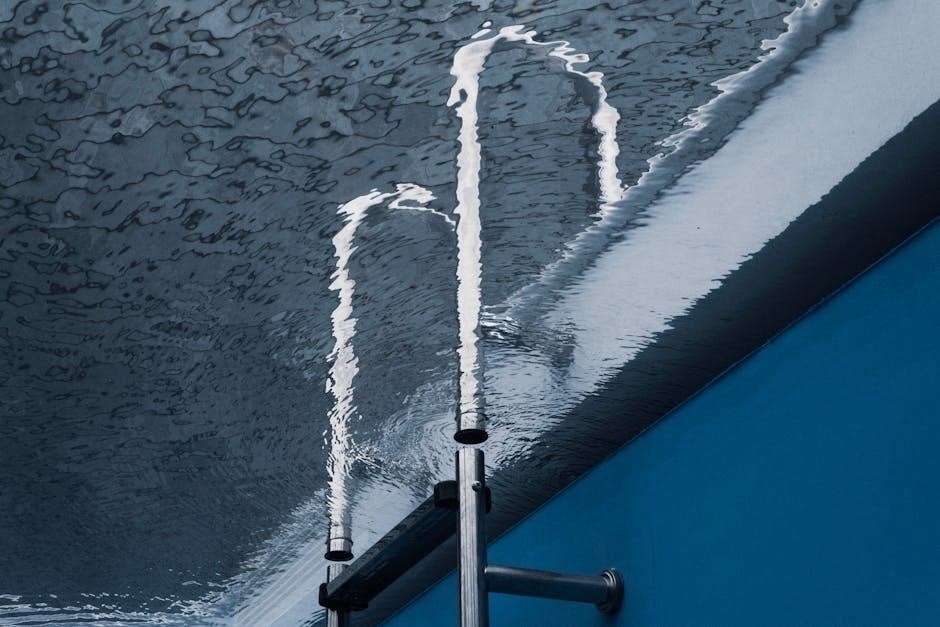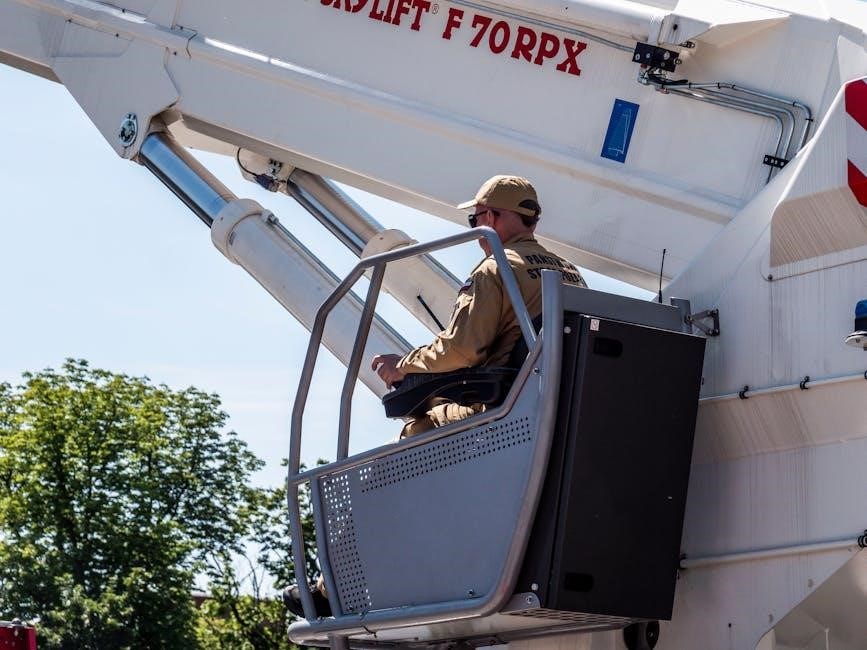To manually retract a hydraulic slide out, start by disconnecting power and ensuring safety. Locate the hydraulic motor and components, then open manifold valves to release pressure. Physically push the slide in slowly, using manual force or tools if needed. Secure it firmly once retracted to prevent movement during travel. Always prioritize safety and consider professional assistance if unsure.

Manually retracting a hydraulic slide out is a critical skill for RV owners, especially in emergency situations where the automatic system fails. Hydraulic slide outs are designed for convenience, but when power is lost or the system malfunctions, manual intervention becomes necessary. Unlike electric or mechanical systems, hydraulic setups rely on fluid pressure, making manual retraction more complex. Understanding the basics of hydraulic systems and how to safely bypass or override them is essential for maintaining control over your RV’s slide outs. This process typically involves locating key components like the hydraulic motor, manifold valves, and cylinders, and using manual force or tools to retract the slide. While it can be labor-intensive, knowing the proper steps ensures safety and prevents damage. Always approach manual retraction with caution and consider professional assistance if unsure. Regular maintenance and troubleshooting can also help prevent issues requiring manual intervention.

Can All RV Slides Be Manually Retracted?

Not all RV slides can be manually retracted, as it depends on the type of system. Hydraulic slides can often be manually retracted by opening manifold valves and pushing the slide in. Electric slides may require disconnecting the motor or using specific tools. Always follow manufacturer guidelines to avoid damage.
Basic Troubleshooting Steps for an RV Slide Out That Won’t Retract

If your RV slide out fails to retract, start by identifying the root cause. Check the power source and ensure the system has proper hydraulic fluid levels. Inspect for leaks or damage in hydraulic lines and cylinders. Verify that all control switches and fuses are functioning correctly; If the issue persists, disconnect power to the motor and manually override the system if possible. For hydraulic systems, open the manifold valves to release pressure before attempting to push the slide in manually. Always refer to your RV’s manual for specific instructions, as systems vary by manufacturer. If manual retraction is unsuccessful, consult a professional to avoid further damage. Regular maintenance and inspections can help prevent such issues, ensuring smooth operation of your slide outs.
Understanding Hydraulic Slide Out Systems
Hydraulic slide out systems rely on pressurized fluid to extend or retract slides. They consist of motors, cylinders, pumps, and control valves. Proper maintenance, like checking fluid levels and inspecting hoses, is crucial for smooth operation and reliability.

Steps to Manually Retract Hydraulic Slide Outs
Manually retracting hydraulic slide outs involves several critical steps to ensure safety and effectiveness. First, locate the hydraulic motor and components, such as cylinders, pumps, and control valves. Open the manifold valves to release pressure in the system. Next, physically push the slide in slowly, using manual force or tools if necessary. Ensure the slide aligns properly with the RV wall to avoid damage. Once retracted, secure the slide with locks or brackets to prevent unintended movement. It’s essential to consult the owner’s manual for specific instructions, as systems may vary. Always disconnect power sources and take safety precautions to avoid injury or further damage. If unsure, consider seeking professional assistance to avoid complications. Regular maintenance, such as checking hydraulic fluid levels and inspecting hoses, can help prevent future issues. Proper handling ensures your RV’s hydraulic slide outs function reliably for years to come.
Locating the Hydraulic Motor and Components
Locating the hydraulic motor and components is the first step in manually retracting hydraulic slide outs. Typically, these components are situated near the slide outs or in the RV’s basement. To access them, you may need to remove panels or access hatches. Identify the hydraulic motor, cylinders, pumps, and control valves connected to the slide system. Ensure you understand their positions and functions. Always disconnect the power source before beginning to prevent accidental activation. Consulting the owner’s manual can provide specific locations and details for your RV model. Exercise caution when handling hydraulic lines to avoid sudden pressure releases. If unsure, consider seeking professional assistance to ensure safety and prevent potential damage to the system. Proper identification and access are crucial for successful manual retraction.
Opening the Manifold Valves and Preparing the System
Opening the manifold valves is a critical step in preparing the hydraulic system for manual retraction. Begin by ensuring the RV is on level ground and all power sources, including the battery, are disconnected. Locate the manifold, typically found near the hydraulic motor or pump. Turn the valves counterclockwise to release pressure in the system. This step ensures no hydraulic resistance is present, making manual retraction safer and easier. Once the valves are open, allow the system to depressurize completely. If equipped, use the manual override crank or wrench to further release any residual pressure. After opening the valves, inspect the hydraulic lines and connections for leaks or damage. If everything appears functional, the system is ready for manual retraction. Always wear protective gear and work cautiously to avoid sudden movements or pressure releases. If unsure, consult the owner’s manual or seek professional assistance to ensure safety and system integrity.

Physically Pushing the Slide In
Physically pushing the slide in is the most labor-intensive part of manual retraction. Gather one or more helpers to assist, as the slide may be heavy. Ensure the area around the slide is clear of obstructions and furniture. With the manifold valves open and the system depressurized, position yourselves evenly along the slide. Apply steady, synchronized pressure to push the slide toward the RV wall. Use your body weight to generate force, but avoid sudden jerks to prevent damage or injury. If the slide is stubborn, consider using blocks or supports to help guide it in. Once the slide begins to move, maintain consistent pressure until it is fully retracted and flush with the wall. Secure it with locking mechanisms or travel locks to ensure stability during travel. If the slide is too heavy to move manually, consult a professional or use specialized tools like jacks or winches to assist with the process.

Safety Tips and Precautions
Always disconnect power and ensure the system is depressurized before manually retracting a hydraulic slide out. Use proper tools and consider enlisting help due to the weight. Avoid sudden movements to prevent damage or injury; Secure the slide firmly once retracted to ensure stability during travel. Regular maintenance, like checking hydraulic fluid levels and inspecting for leaks, can prevent future issues. If unsure, consult a professional to avoid complications. Remember to follow manufacturer guidelines and take necessary precautions to ensure safety and system longevity.
Maintenance and Troubleshooting Common Issues
Regular maintenance is crucial to ensure smooth operation of hydraulic slide outs. Start by checking hydraulic fluid levels and topping them off as needed. Inspect hoses for leaks and wear, replacing any damaged components immediately. Ensure all electrical connections are secure and free from corrosion. If a slide out fails to retract, first check for blockages or misalignments. Hydraulic drift, where the slide slowly moves on its own, can be addressed by adjusting the system’s valves or replacing worn seals. For electrical issues, verify that switches and sensors are functioning properly. If manual retraction is required, always follow proper procedures to avoid damage. Routine lubrication of moving parts and annual inspections by a professional can prevent major issues. Addressing problems early helps maintain functionality and extends the lifespan of your hydraulic slide out system.
